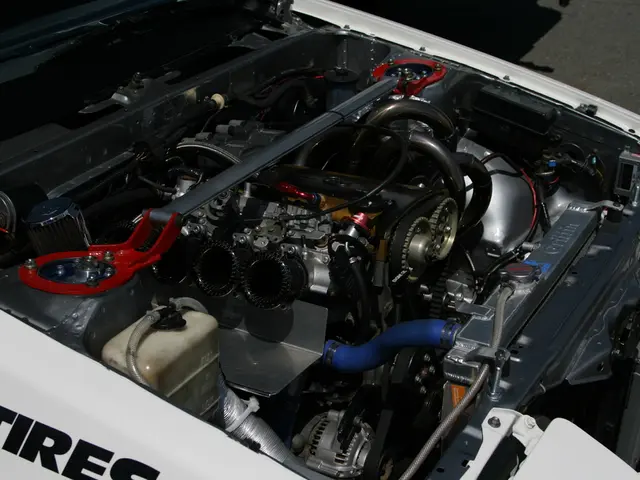Understanding Sound Control: The Function of a Graphic Equalizer in Mixing
In the realm of home audio systems and music production, graphic equalizers serve as a powerful tool for enhancing audio quality. These devices, featuring tactile controls with physical sliders, offer a more hands-on experience and a unique warmth that is sometimes lacking in digital setups.
To achieve the best music quality, focus on adjusting the low, mid, and high-frequency bands to balance the overall sound. Each slider corresponds to a designated frequency range: low, mid, and high frequencies. Over-adjustment can lead to distortion, so it's important to make subtle changes and regularly check if the modifications enhance the audio.
By tailoring the frequency response to suit your environment, you can greatly improve the quality and enjoyment of your audio experience. For instance, in live sound settings, quick adjustments to the graphic equalizer are often necessary due to varying venue acoustics and noise levels.
In home audio systems, the emphasis is on achieving a comfortable listening experience across different rooms, requiring adjustments to account for room size, furniture placement, and wall materials.
Common techniques for using a graphic equalizer effectively to enhance audio quality include broad tonal shaping and quick adjustments. This involves boosting or cutting fixed frequency bands with the sliders, providing a visual and intuitive way to sculpt sound.
Boosting clarity and intelligibility in vocals or speech can be achieved by increasing frequencies around 2–4 kHz, helping voices stand out without harshness. Removing unwanted low-end rumble can be accomplished by cutting frequencies below 80 Hz to clean up muddiness and prevent overpowering bass content.
Reducing high-frequency hiss or noise can be achieved by cutting frequencies above 10 kHz, making the audio smoother and less fatiguing. Using EQ cuts to reduce competing sounds or background noise before boosting important elements can help preserve natural tone.
Avoiding very narrow or surgical cuts/boosts is also advisable since graphic EQ bands have fixed bandwidth (Q) and are less flexible than parametric EQ for precise adjustments. Instead, target broad frequency areas for musical shaping.
For live sound or situations requiring quick, visual adjustments, a graphic EQ is especially practical and effective because the slider positions directly reflect the EQ curve shape.
In addition to these techniques, applying EQ changes gradually to avoid introducing unnatural sound artifacts or robotic effects is crucial. Using graphic EQ in combination with parametric EQ when precision is required can also improve the overall audio experience.
In summary, effective graphic EQ use focuses on broad frequency band adjustments to improve clarity, reduce noise and rumble, and shape the overall tonal balance in an intuitive, visual way. For more surgical or specific tweaks, parametric EQ is preferred, but the graphic EQ excels at quick, musical tone shaping.
Equating audio is essential for tailoring sound to fit different environments, such as studio and live sound settings, and specific requirements like car audio and home systems. In car audio systems, the emphasis is on enhancing sound within a compact and often acoustically challenging space.
The impact of a graphic equalizer on sound quality is profound, as it can influence audio clarity, ensure a balanced sound profile, and refine the listening experience. Understanding how to navigate a graphic equalizer can help you achieve a balanced and vibrant sound.
- In a studio setting, vocals can be clarified and made more intelligible by boosting frequencies around 2–4 kHz during the recording process.
- To improve the music listening experience in a home, it's beneficial to use a graphic equalizer to remove unwanted low-end rumble by cutting frequencies below 80 Hz.
- For live performances, a graphic equalizer's slider positions provide a quick and practical method for adjusting high frequencies to reduce high-frequency hiss or noise, making the audio smoother.
- coupled with parametric EQ, the graphic EQ can excel in shaping the overall tone of music quickly and musically in various environments like studios, live shows, and home audio systems.




